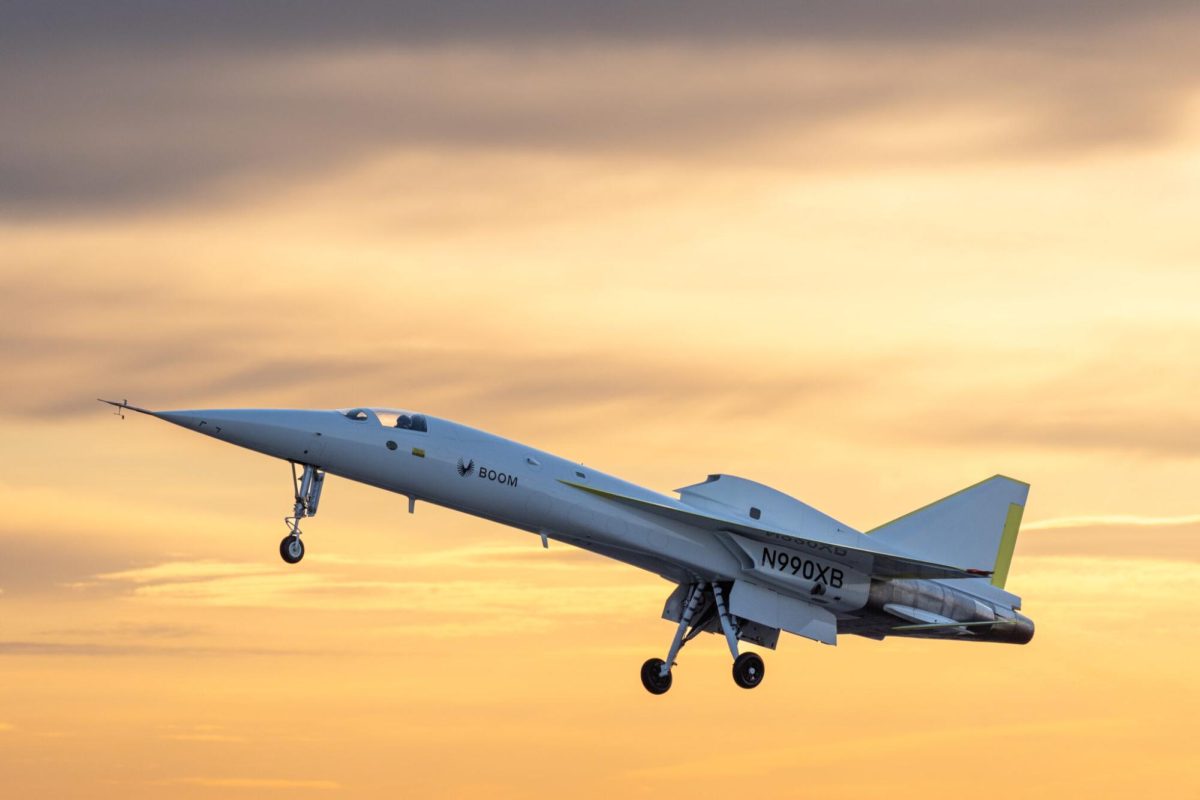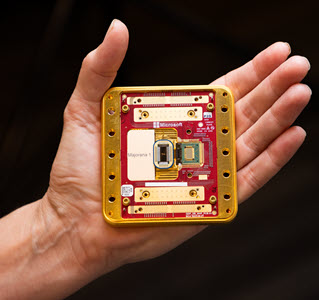3D printing has been a rapidly expanding technology since its creation in the 1980s. Originally, 3D printers used a type of resin that was hardened by UV light (stereolithography). Today, 3D printers primarily use plastic filaments to create prints. However, advancements in 3D printing technology have expanded the range of materials that can be used, including metals, fabrics, and even living cells. These printers range from industrial-sized machines that can print large parts, like pieces of cars, to smaller, desktop-sized printers.
Although not the most recent 3D printing technology, metal printing has advanced significantly since its creation in the 1990s. Metal 3D printing allows for the production of complex parts used in industries such as aerospace and automotive. Unlike traditional manufacturing, which typically involves removing material from a larger block of material (subtractive manufacturing), 3D printing only uses the material required for the part. This reduces waste and can create parts with intricate shapes that would be near impossible or impossible to manufacture using traditional methods. Advances in metal printing now allow for higher precision and efficiency, with common applications including engine components and other mechanical parts
3D printing has also found its way into the fashion industry. Flexible materials like nylon are now being used to create unique and customizable clothing items. 3D-printed fashion offers several benefits over traditional clothing manufacturing. For one, it can automate the clothing production process, which is oftentimes exploitive and grueling for workers. Furthermore, 3D printing enables precise customization, allowing clothing to be made to exact specifications, resulting in a better fit for the wearer. Each item can be replicated exactly, ensuring consistency across multiple copies. This technology also allows designers to explore complex shapes and structures that would be difficult or impossible to achieve using conventional methods, opening new possibilities for fashion innovation.
A groundbreaking application of 3D printing is the creation of bioprinted tissues and organs. Traditionally, 3D printers work by building up layers of material on a flat surface, but recent advances have enabled printing in a 3D “suspended” environment, where prints are supported in gel. This support is crucial when printing complex structures, such as human organs, which have intricate shapes and require precision to function properly. The process involves printing living cells, which are carefully placed to replicate the natural formation of tissues. These tissues are then provided with the resources to grow, potentially leading to the creation of functional, lab-grown organs in the future. This technology is still in its early stages but has the potential to revolutionize healthcare by providing alternatives to organ transplantation.
In all, as 3D printing technologies continue to expand, complex and unique parts can continue to be developed and made widely available.













